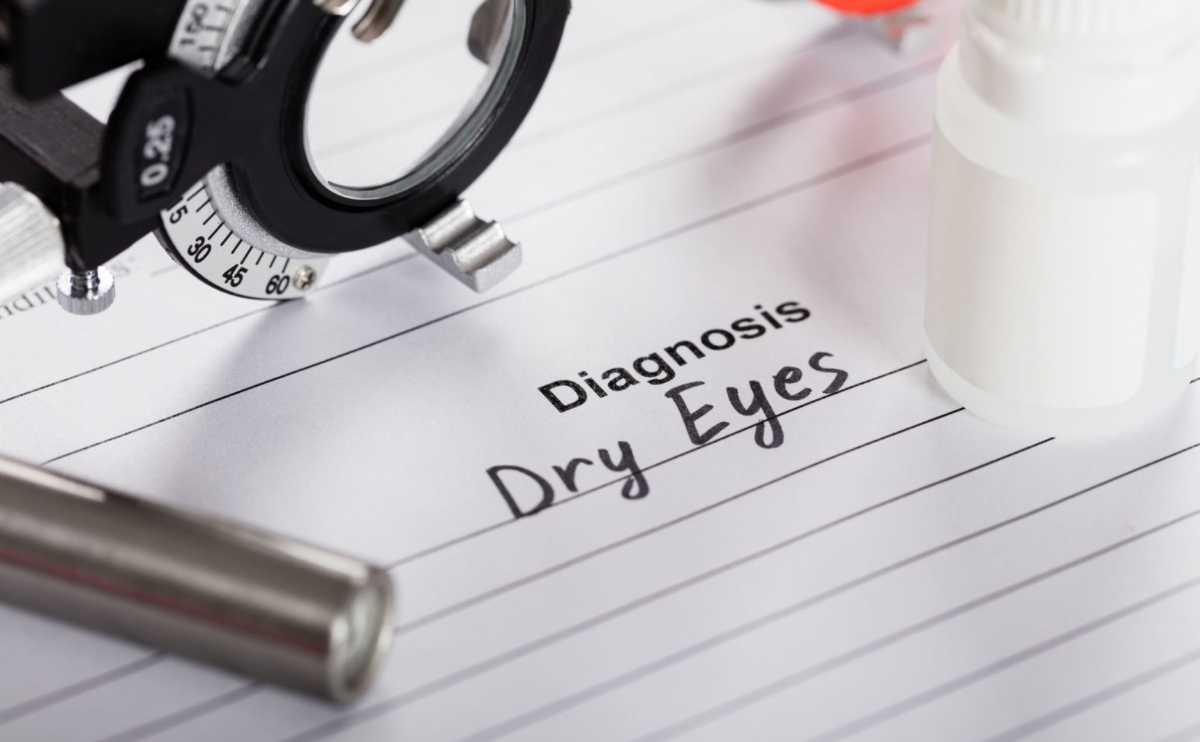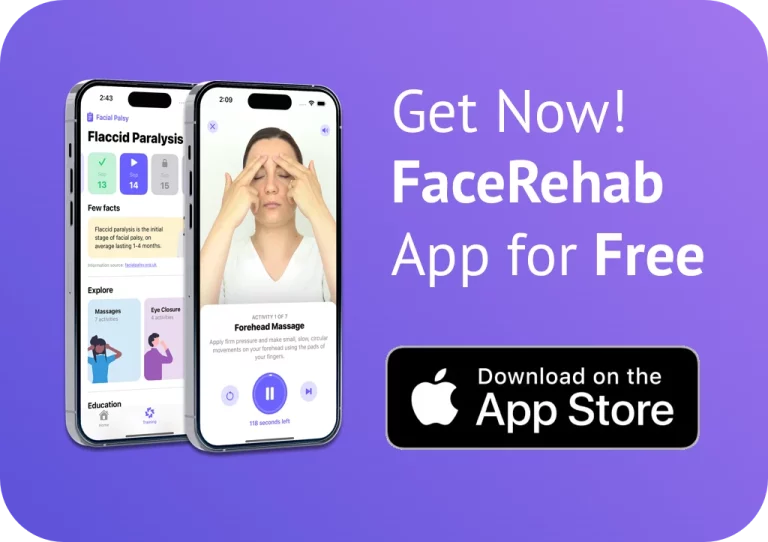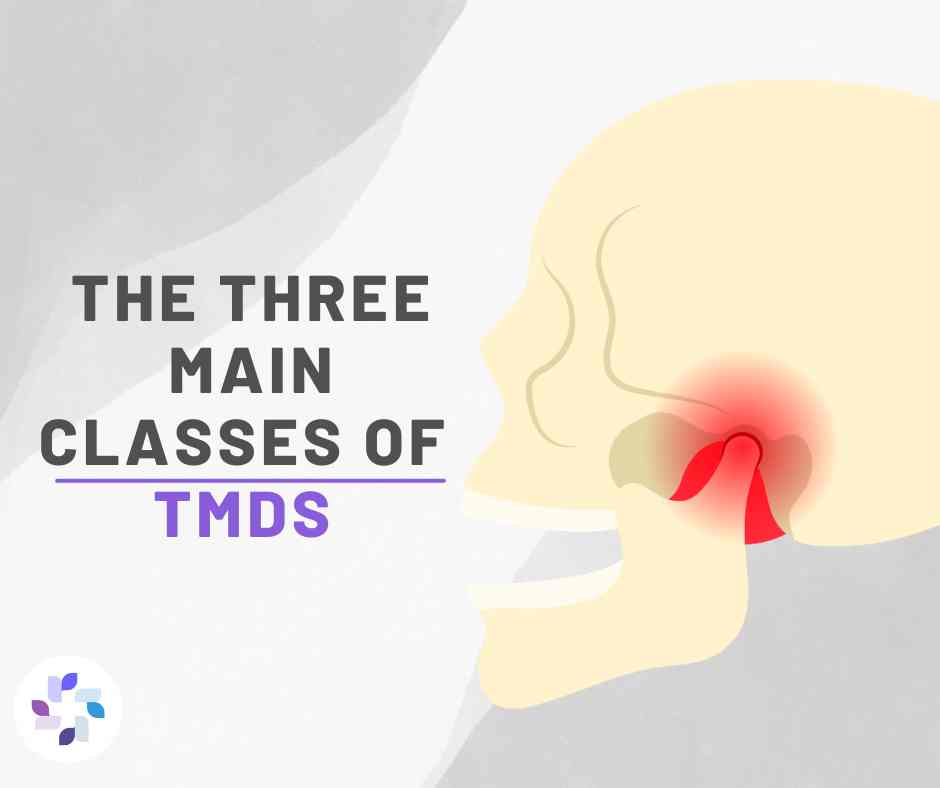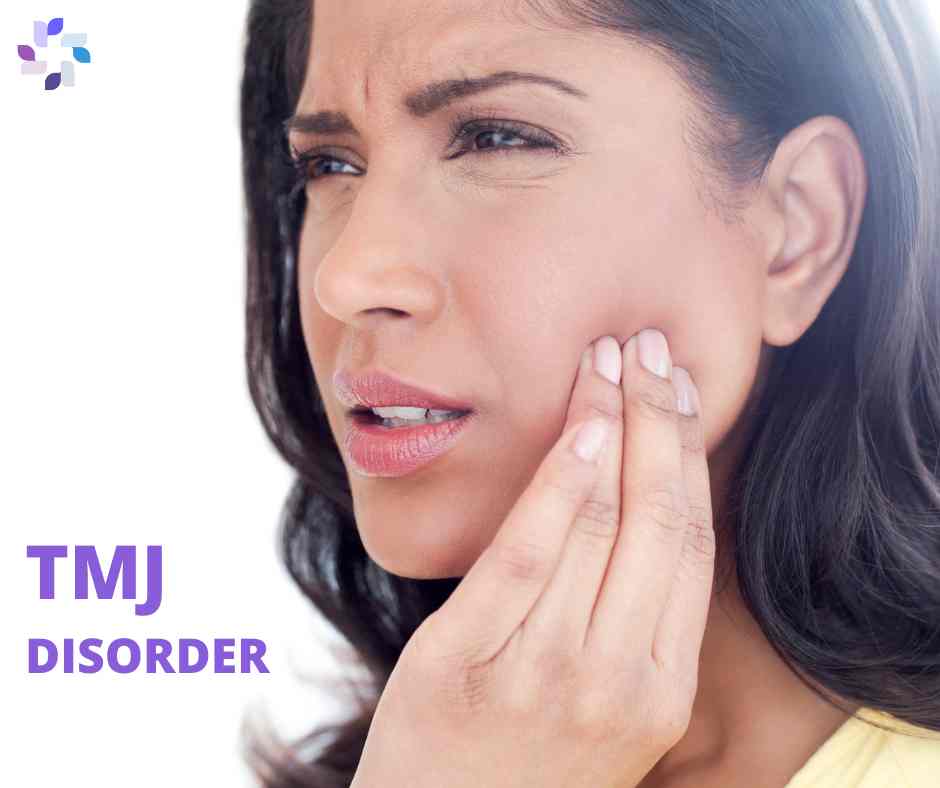Facial palsy can have several complications, one of which is dry eye. The facial nerve is responsible for eye closure. If this nerve becomes damaged, the eye may no longer be able to blink or close properly on the affected side. In some cases, both eyes may be affected. If you are experiencing dry eye symptoms, it is essential to seek medical help. This article will discuss the symptoms, causes, and treatment options for dry eye in individuals with facial palsy.
Read also: Managing Dry Eye with Facial Paralysis: Tips and Strategies
Symptoms and Causes
Symptoms of dry eye include a gritty, burning or scratchy feeling in the eye, redness, feeling of dryness, excessive watering, blurred vision, frequent eye infections, and corneal damage. In cases with severe damage to the trigeminal nerve, some people may not feel the pain of dry eye, but they may still suffer from other symptoms, such as excessive redness and watering of the eye. This can be dangerous as damage can occur without the patient being alerted early.
Dry eye occurs when the lacrimal glands, located above each eyeball, cannot secrete enough tears to lubricate and protect the eye. When the eye does not blink properly, the tears do not cover the eye surface as they should.
Other factors that can make dry eye problems worse include age, medications, gender, and other medical conditions such as rheumatoid arthritis, diabetes, Parkinson’s disease, and thyroid conditions. Additionally, dehydration and Meibomian gland dysfunction (MGD) can also exacerbate dry eye issues. MGD is a leading cause of dry eye syndrome and is associated with an eyelid problem called blepharitis. The risk of MGD is greater on the facial palsy side and will exacerbate dry eye issues.
Treatment Options
To maintain healthy eyes, individuals can use eye ointments and/or drops as prescribed by a doctor or eye specialist. Lubrication can be used as frequently as required to treat or prevent the occurrence of symptoms. In cases where Meibomian gland dysfunction (MGD) is a factor, daily hot compresses using a wheat bag can help. Drinking at least 1.2 litres of fluid each day and increasing this intake in warmer weather can also help.
Additionally, if you work on computers, blink more often and take regular breaks in line with recommended health and safety guidelines. Wearing sunglasses on sunny days, wraparound glasses for sporting pursuits, and moisture chamber glasses can also be helpful for some people.
It is also important for those with facial palsy and dry eye to be mindful of their environment. Avoiding dry, windy, and smoke-filled environments can help to reduce symptoms. Additionally, using a home humidifier can help add moisture to the air, which can help keep the eyes lubricated. In some cases, lifestyle changes such as reducing alcohol and caffeine intake and quitting smoking can also help reduce symptoms.
Seek medical help
If you are experiencing dry eye symptoms and have facial palsy, it is important to seek medical help. Your doctor or optometrist may recommend a treatment plan that includes artificial tears or other eye drops, as well as ointments to help keep the eyes lubricated. Sometimes, they may also recommend a procedure called punctal occlusion, which involves closing the tear ducts to reduce the drainage of tears from the eye. In severe cases where the eyelid can not close due to facial palsy, surgery may be recommended to help the eye to close correctly and prevent dry eye.
In conclusion, facial palsy and dry eye are closely related, and individuals with facial palsy are at a higher risk of developing dry eye. It is essential to be aware of the symptoms and to seek medical help if you are experiencing them. By working closely with a healthcare professional, individuals with facial palsy and dry eye can reduce symptoms and maintain healthy eyes.
Summary
In summary, facial palsy can cause dry eye problems which can lead to symptoms such as gritty, burning or scratchy feeling in the eye, redness, feeling of dryness, excessive watering, blurred vision, frequent eye infections, and corneal damage. Proper diagnosis and treatment can help to reduce symptoms and maintain healthy eyes. If you’re experiencing any of these symptoms, don’t hesitate to seek medical help.
If you are interested in consulting with a healthcare provider or physical therapist specialized in facial paralysis, you can visit the web page “Consultation” to schedule an appointment.









